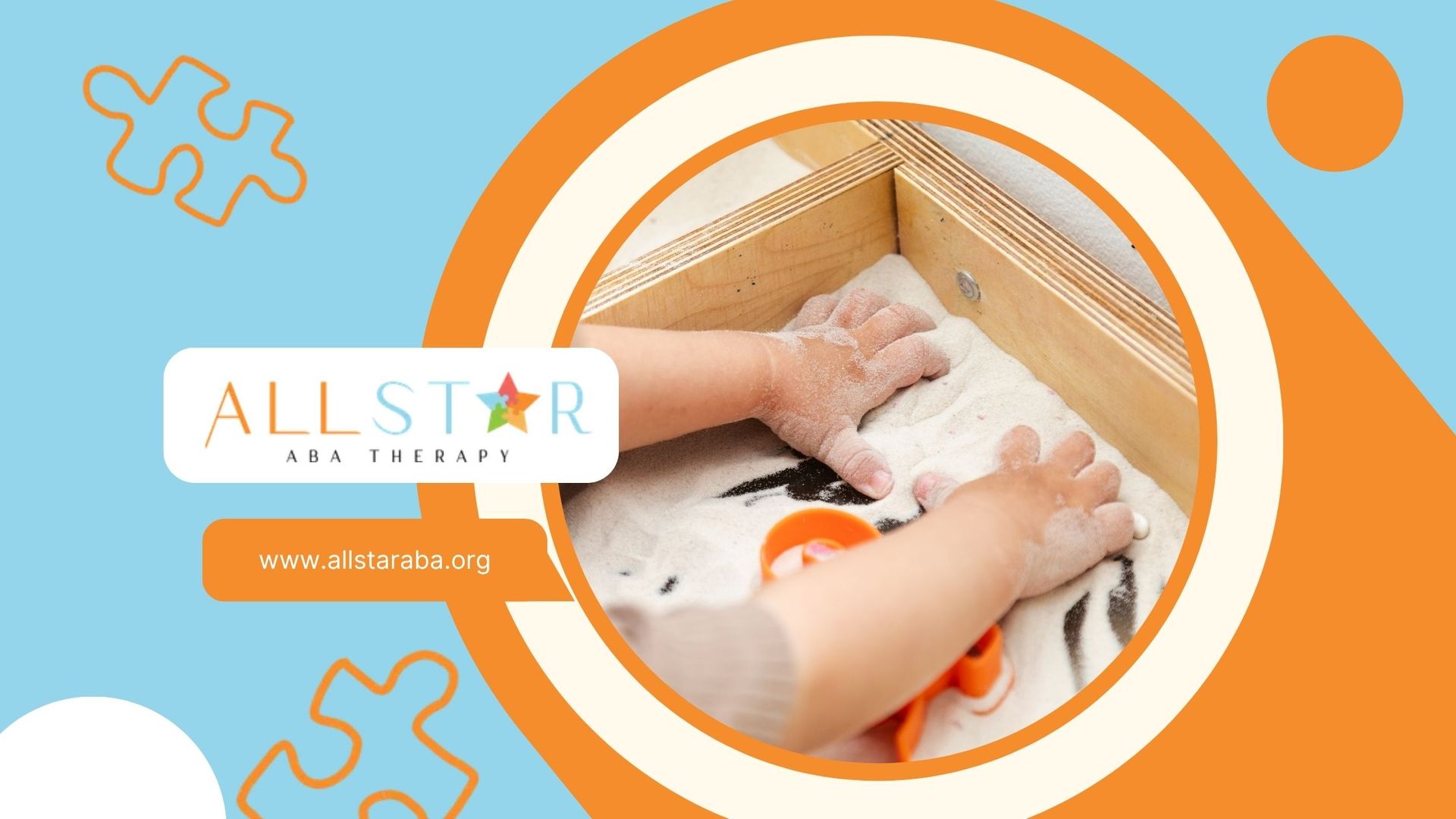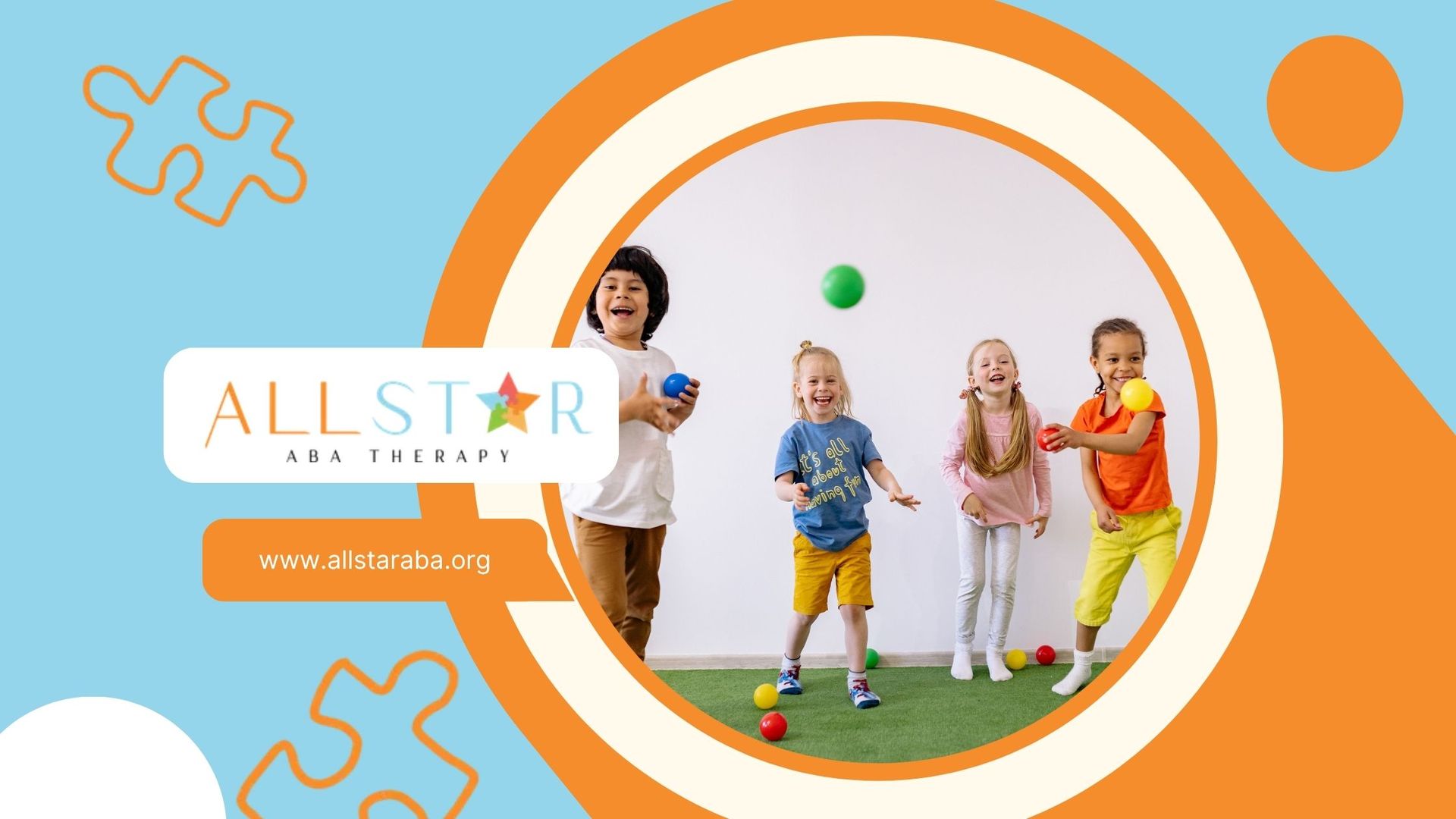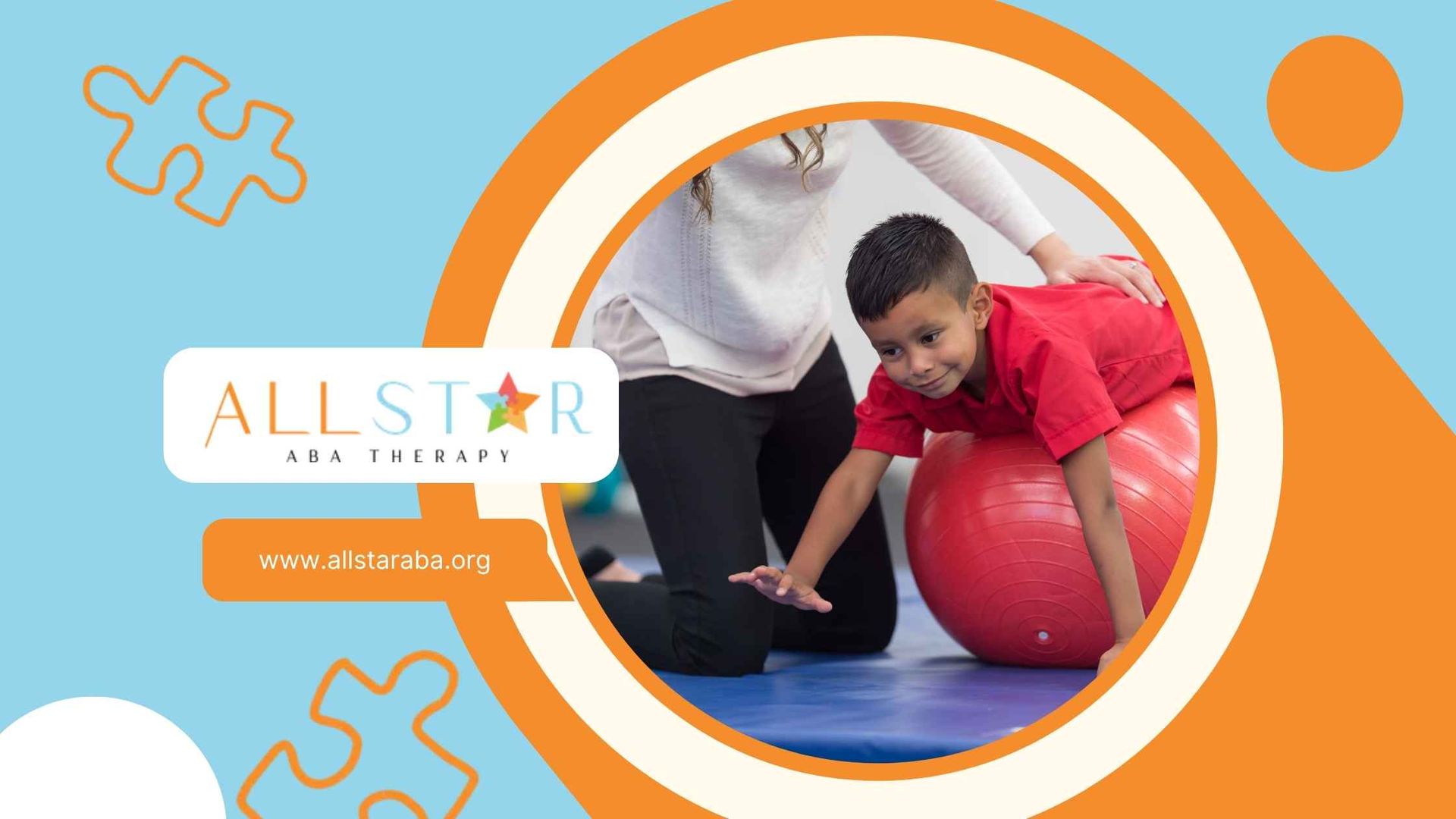New Paragraph
Understanding Prompt Hierarchy in ABA Therapy
Prompt hierarchy is a fundamental concept in Applied Behavior Analysis (ABA) therapy, a widely recognized and evidence-based approach for supporting individuals with autism spectrum disorder (ASD) and other developmental disabilities. Prompt hierarchy refers to a systematic framework of prompts or cues used by ABA therapists to teach new skills and facilitate learning in individuals with autism. In this informative guide, we'll explore the significance of prompt hierarchy in ABA therapy, its components, and how it supports individuals in acquiring and mastering new skills.
The Importance of Prompt Hierarchy
For individuals with autism, learning new skills and behaviors can be challenging due to difficulties in processing information, understanding instructions, and generalizing learning across different contexts. Prompt hierarchy provides a structured and systematic approach to teaching new skills by breaking down complex tasks into smaller, more manageable steps and providing individuals with varying levels of support based on their needs and abilities.
Components of Prompt Hierarchy
Prompt hierarchy typically consists of several levels or types of prompts, ranging from least intrusive to most intrusive, based on the amount of assistance provided to the individual. The primary components of prompt hierarchy include:
- Physical Prompts: Physical prompts involve physically guiding or assisting the individual in completing a task or behavior. This may include hand-over-hand assistance, gently guiding the individual's movements, or physically prompting the correct response.
- Verbal Prompts: Verbal prompts involve providing verbal cues, instructions, or hints to prompt the individual to perform the desired behavior. Verbal prompts may range from simple instructions or prompts to more explicit guidance or modeling of the correct response.
- Visual Prompts: Visual prompts utilize visual aids, such as pictures, symbols, or written instructions, to cue the individual to engage in the target behavior or task. Visual prompts are particularly useful for individuals who respond well to visual cues or have limited verbal skills.
- Gestural Prompts: Gestural prompts involve using gestures, signals, or cues, such as pointing, nodding, or gesturing, to prompt the individual to perform the desired behavior. Gestural prompts are often used in conjunction with verbal or physical prompts to provide additional support.
- Modeling: Modeling involves demonstrating the target behavior or skill for the individual to imitate. The therapist or a peer may model the behavior, providing a visual example for the individual to observe and replicate.
Application of Prompt Hierarchy in ABA Therapy
In ABA therapy, prompt hierarchy is applied systematically during teaching sessions to help individuals acquire and master new skills. The therapist determines the appropriate level of prompting based on the individual's current skill level, learning style, and responsiveness to different types of prompts. As the individual progresses and demonstrates increased independence and mastery of the target behavior, prompts are faded or gradually reduced to promote skill generalization and independence.
Fading Prompts and Increasing Independence
One of the primary goals of prompt hierarchy in ABA therapy is to promote independence and minimize the reliance on prompts over time. As the individual demonstrates proficiency and consistency in performing the target behavior with minimal assistance, prompts are faded or systematically removed to encourage independent skill acquisition. This process of fading prompts allows individuals to develop self-reliance, problem-solving skills, and confidence in their abilities.
Individualized and Flexible Approach
It's essential to note that prompt hierarchy is individualized and tailored to meet the unique needs and abilities of each individual. ABA therapists assess the individual's strengths, weaknesses, preferences, and learning style to determine the most effective prompts and teaching strategies. Additionally, prompt hierarchy is flexible and dynamic, allowing therapists to adjust and adapt prompts based on the individual's progress, motivation, and changing needs throughout the therapy process.
Individualized Prompting Strategies
Prompt hierarchy is not a one-size-fits-all approach; it requires careful consideration of the individual's unique characteristics and learning profile. ABA therapists conduct thorough assessments to identify the most effective prompting strategies for each individual, taking into account factors such as sensory preferences, communication abilities, and learning style. By tailoring prompting strategies to the individual's specific needs, therapists can maximize learning opportunities and promote skill acquisition.
Errorless Learning
One of the key principles underlying prompt hierarchy in ABA therapy is errorless learning. Errorless learning involves providing prompts and supports that ensure the individual's success in completing the task or behavior correctly from the outset. By minimizing errors and providing immediate feedback and reinforcement for correct responses, errorless learning helps build confidence, motivation, and a positive learning experience for individuals with autism. As individuals become more proficient in the target behavior, prompts are gradually faded to promote independent performance while minimizing errors.
Task Analysis
Prompt hierarchy is often used in conjunction with task analysis, a systematic process of breaking down complex tasks or behaviors into smaller, more manageable steps. Task analysis allows therapists to identify the specific skills or components involved in the target behavior and determine the appropriate sequence of prompts to teach each step effectively. By breaking down tasks into smaller components and providing prompts as needed, individuals can learn and master complex behaviors more efficiently, leading to greater success and independence.
Generalization and Maintenance
A critical goal of prompt hierarchy in ABA therapy is to promote generalization and maintenance of skills across different settings, people, and situations. ABA therapists employ strategies to ensure that individuals can apply newly acquired skills in real-life contexts beyond the therapy room. This may involve practicing skills in natural environments, varying prompts and cues to promote generalization, and providing opportunities for individuals to use their skills in functional and meaningful ways. Additionally, ongoing reinforcement and support are essential for maintaining learned behaviors over time, ensuring that individuals continue to demonstrate skill proficiency and independence in the long term.
Collaboration with Caregivers and Support Team
Effective implementation of prompt hierarchy in ABA therapy requires collaboration and communication among caregivers, therapists, educators, and other members of the individual's support team. Caregivers play a vital role in reinforcing skills learned in therapy sessions and providing opportunities for practice and generalization in everyday life. ABA therapists work closely with caregivers to ensure consistency in prompting strategies, provide guidance on how to support skill development at home and in the community, and address any concerns or challenges that may arise during the therapy process.
Conclusion
Prompt hierarchy is a foundational principle in ABA therapy that plays a vital role in teaching new skills, shaping behavior, and promoting independence in individuals with autism and other developmental disabilities. By systematically implementing varying levels of prompts based on the individual's needs and abilities, ABA therapists facilitate learning and skill acquisition in a structured and supportive environment. If you're seeking comprehensive
ABA therapy services to support your child or loved one's development, contact
All Star ABA today to learn more about our evidence-based programs and dedicated team of professionals.
Need Support?
We're Here to Help!
Our experienced team is ready to assist you. Reach out today to discuss how we can support your child's development and well-being.
Get started with expert ABA therapy today.








